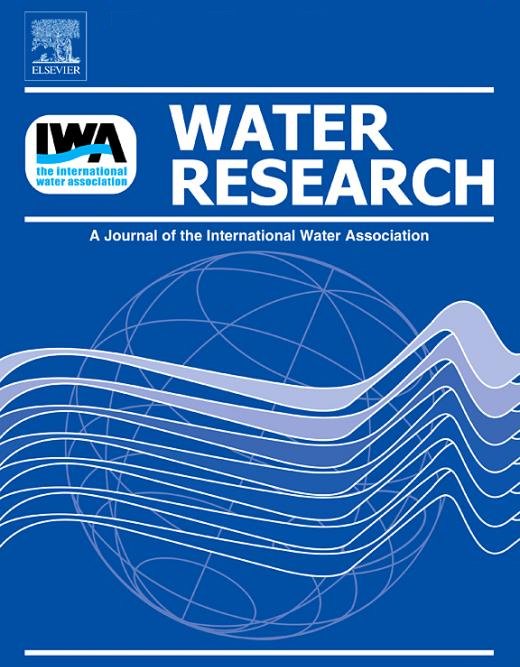Visualizing Protein Synthesis in Wastewater

Researchers from the Department of Civil, Environmental, and Geo- Engineering at the University of Minnesota have optimized a novel technique to visualize proteins generated by microorganisms in wastewater. The method allows scientists new insights into the lifestyle of uncultured microbes (organisms that may not easily be grown in the lab) and how these microbes react and adapt to changing environmental conditions in wastewater treatment plants over space and time.
The visualization technique, named BONCAT (for "BioOrthogonal Non-Canonical Amino acid Tagging"), was first developed by David Tirrell, a professor of chemistry and chemical engineering at Caltech. BONCAT uses "non-canonical" amino acids—synthetic molecules that do not normally occur in proteins found in nature and that carry particular chemical tags that can attach (or "click") onto a fluorescent dye. When these artificial amino acids are incubated with environmental samples, like wastewater, they are taken up by microorganisms and incorporated into newly formed proteins. Adding the fluorescent dye to the mix allows these proteins to be visualized within the cell. Fluorescent cells can be observed under the microscope or sorted from non-fluorescent cells (inactive microbes) using a high-throughput fluorescence cell sorter. Using DNA sequencing, the active microbes and their genetic makeup can be identified and studied.
"You could apply BONCAT to almost any type of sample," Behrens says. "When you have an environmental sample, you don't know which microorganisms are active. So, assume you're interested in looking at organisms that degrade a specific pollutant. You could take a sample, provide a particular pollutant, add the synthetic amino acid, and ask which cells over time showed activity—made new proteins—in the presence of pollutant relative to samples without pollutant. Then you can start to sort those organisms out, and possibly use this to identify new groups of microorganisms and their specific protein turnover times. These questions are not typically tractable with uncultured organisms in the environment." Behrens's lab first used BONCAT on activated sludge samples from sequencing batch reactors at a wastewater treatment plant in Minnesota. Currently, a team of researchers in the Behrens Lab is extending applications to biological phosphate removal processes and the effect of biochar on nutrient removal and contaminant degradation processes in wastewater.
Why sample activated sludge? Zhe Du, a postdoctoral scholar in the Behrens Lab, explains: "We wanted to adapt and optimize BONCAT for applications in wastewater because human and environmental health depends on activated sludge microbes for water cleanup and reuse. While we know a lot about the composition of the activated sludge microbial community, the role of specific microbes in nutrient removal, carbon degradation, and pollutant breakdown is still largely unknown. When systems fail, we often don’t know why or how to best recover lost processes. Our wastewater treatment plants face a number of challenges in the near future that are related to climate change, emerging contaminants, resources recovery, and energy. We need methods such as BONCAT to help us keep an eye on the responses of the microbes to these environmental changes.” Dr. Zhe Du is the lead author of the study describing the application of BONCAT to activated sludge that appeared in the October issue of the journal Water Research.
Du, Z. & Behrens, S. 2021. Tracking de novo protein synthesis in the activated sludge microbiome using BONCAT-FACS. Water Research. 205: 117696. https://doi.org/10.1016/j.watres.2021.117696
The work is supported by a MnDRIVE Seed Grant and by the Environment and Natural Resources Trust Fund managed by the Legislative-Citizen Commission on Minnesota Resources (LCCMR).